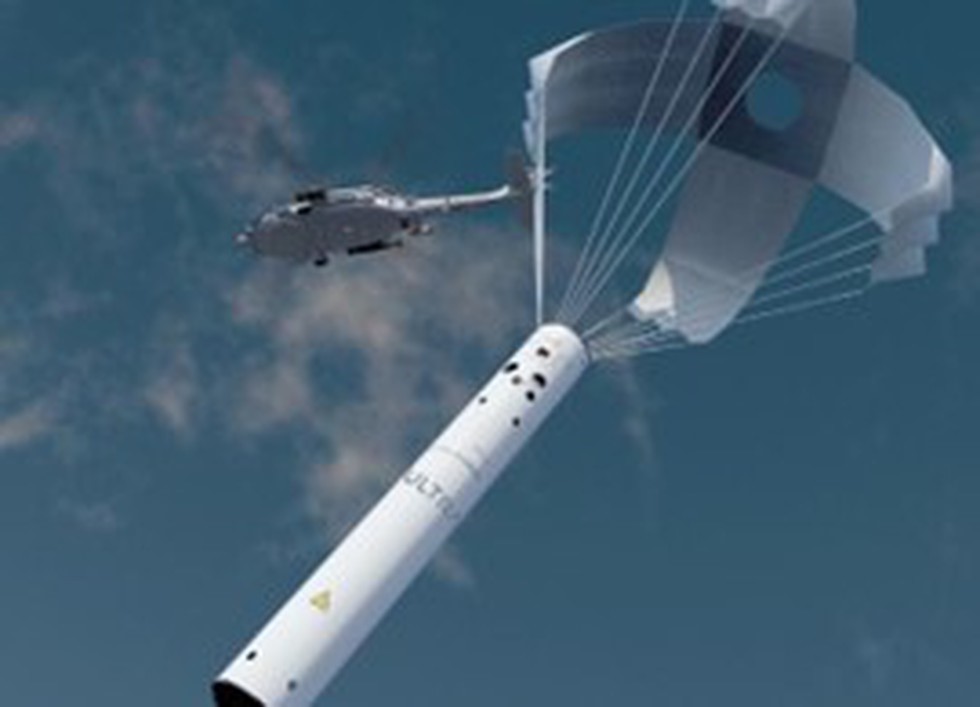Description

Disclaimer: Copyright infringement not intended.
Context
- The Indian Navy is planning to enhance its maritime surveillance and anti-submarine warfare capabilities by equipping the MQ-9B Sea Guardian medium altitude long-endurance (MALE) drones with sonobuoys.
Details
- Sonobuoys are small, expendable devices used in underwater acoustics and sonar systems for detecting and analyzing sound in the ocean, especially for tracking submarines and other underwater objects.
Deployment
- Sonobuoys are deployed by dropping them into the ocean from aircraft or launching them from ships or submarines.
- They sink to a predetermined depth and begin listening for acoustic signals to pinpoint potential submarine threats.
- Multiple sonobuoys can be deployed in a pattern to determine the exact location of a target.
Types
- Passive Sonobuoys: Quietly listen for and record sounds without emitting any signals. They use hydrophones to listen for sound energy from a target.
- Active Sonobuoys: Emit a sound pulse and analyze the return signals (echoes) to detect and locate targets. They use transducers to send an acoustic signal.
- Special Purpose Buoys: Provide information about the environment, such as water temperature, ambient noise level, etc.

Components
- A typical sonobuoy consists of a cylindrical or spherical buoyant housing.
- Sensors for detecting acoustic signals.
- A battery or power source.
- A radio transmitter or other communication system to relay data to the host platform (e.g., aircraft or ship).
Other Applications
- In addition to anti-submarine warfare, sonobuoys are used for scientific research and environmental studies, including studying the behavior of whales and other marine creatures.

Disclaimer: Copyright infringement not intended.
MQ-9 Reaper (Predator B)
- Developed by General Atomics Aeronautical Systems (GA-ASI), primarily for the United States Air Force (USAF).
- It's designed for long-endurance, high-altitude surveillance.
- Larger, heavier, and more capable than the MQ-1 Predator.
- Can be controlled by the same ground systems.
MQ-9B SkyGuardian
- Next-generation remotely piloted aircraft systems (RPAS).
- Provides persistent intelligence, surveillance, and reconnaissance (ISR) capabilities worldwide.
MQ-9B SeaGuardian
- Maritime-focused variant of the SkyGuardian RPAS.
- Integrates advanced maritime intelligence, surveillance, and reconnaissance (ISR) capabilities.
- Enables real-time search and patrol above and below the ocean's surface.
Integration Benefits
- Submarine Detection
- Extends reach and surveillance capabilities.
- Deploys sonobuoys over a wide area for detecting submerged threats.
- Extended Range
- Long endurance and high altitude cover large ocean areas efficiently.
- Expands coverage range for monitoring and responding to potential threats.
- Real-time Data
- Acoustic signals detected by sonobuoys transmitted in real-time.
- Enables rapid decision-making and response to submarine threats.
- Versatility
- Choice of passive and active sonobuoys.
- Passive for discreet listening, active for active searching and locating.
- Environmental Data
- Provides valuable environmental information (e.g., water temperature, noise levels).
- Enhances understanding of the underwater environment.
- Cost-effective Surveillance
- Drones deploy sonobuoys, reducing the need for expensive manned assets.
- Offers persistent and cost-effective maritime surveillance.
- Safety
- Reduces risks associated with manned aircraft deployments.
- Offers safer and more flexible deployment options.
.jpg)
Conclusion
Integrating sonobuoys with MQ-9B Sea Guardian drones significantly enhances the Indian Navy's maritime surveillance and anti-submarine warfare capabilities. This integration provides a valuable tool for safeguarding maritime interests and ensuring regional security.
|
PRACTICE QUESTION
Q. Which type of sonobuoy emits a sound pulse to detect and locate targets?
a. Passive Sonobuoys
b. Special Purpose Buoys
c. Active Sonobuoys
d. Environmental Buoys
Answer: c.
|











